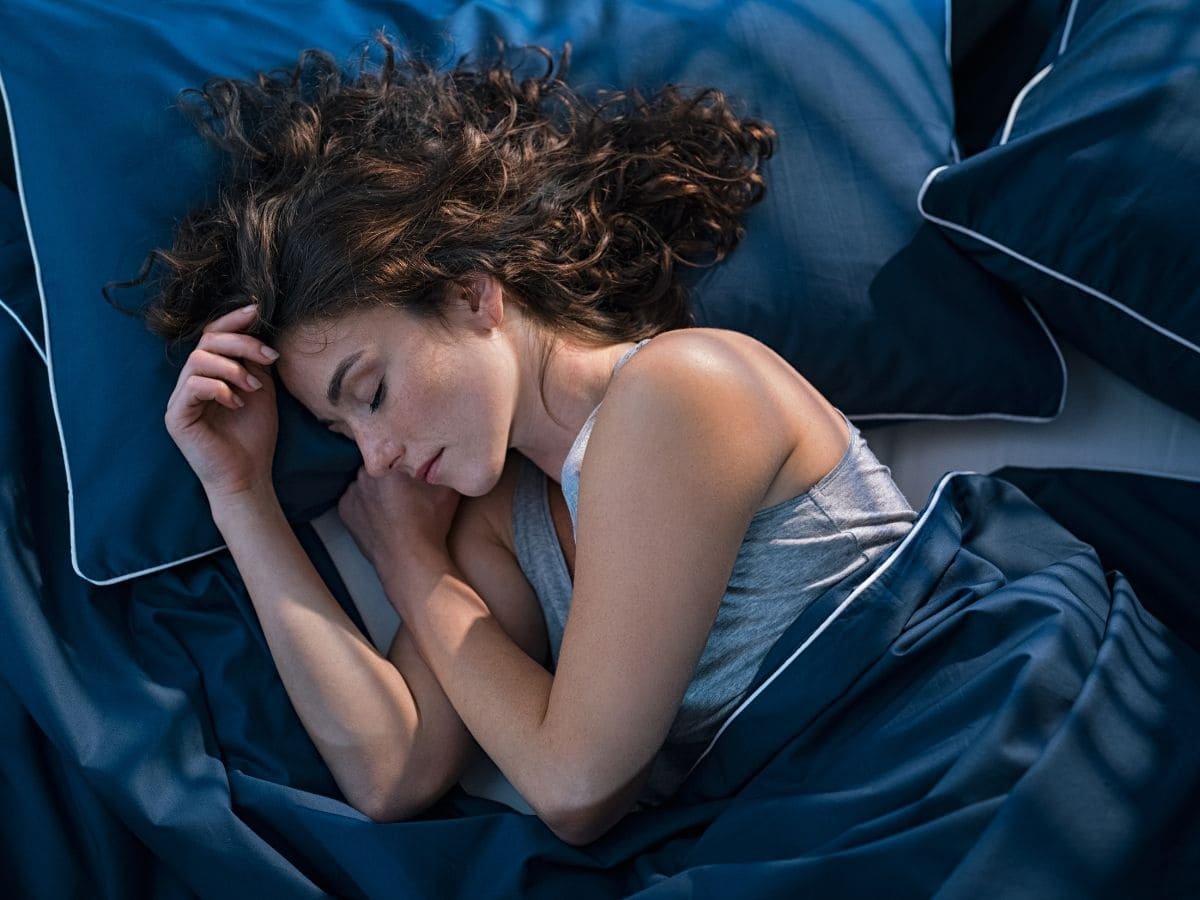5 Lifestyle Changes For Bipolar Disorder
Finding out you have bipolar disorder can be a lot to deal with. It means living with challenges that others don’t face. The good news is that there’s a lot that you can do to manage bipolar disorder symptoms. While medications and therapy will likely be your main treatments for bipolar disorder, there are a lot of evidence-based lifestyle changes that can help. Here are 5 of the best lifestyle changes for bipolar disorder that you can make right now.
#1 Cut Out Alcohol and Drugs
Drinking alcohol may feel like a good way to cope with your worries, but alcohol can trigger bipolar mood episodes. It can worsen symptoms of hypomania, mania, and depression. Cannabis should also be avoided. Alcohol is linked to a worsening of bipolar symptoms and can trigger psychosis.
Is it okay to drink alcohol occasionally if you have bipolar disorder? It’s best to avoid alcohol altogether. If you’re seriously tempted to drink alcohol on occasion, it’s important to limit the amount of alcohol you consume. If you have trouble cutting down how much you drink or thinking about alcohol frequently, it might help to talk to your therapist if you have one. Also, alcohol can interact with some bipolar medications. You should also discuss any alcohol use with your doctor, even if it’s only occasionally.
#2 Have a Consistent Daily Routine
One of the best ways to take care of yourself if you have bipolar disorder is to maintain a stable daily schedule. Structure and stability help people with bipolar disorder stay well and productive.
Having a set routine minimizes stress and anxiety, which can be common in bipolar disorder. High levels of anxiety can make it that much harder to maintain good mental health. A routine can also make it easier to maintain habits that help you avoid mood episodes. For instance, it can help you sleep better.
Your ideal daily routine might look different from another person’s with bipolar. Don’t forget to make time for things you enjoy, like cooking or hanging out with friends, in your daily schedule.
Read how to manage bipolar with a daily routine.
#3 Create a Calm Bedtime Routine
A relaxing nighttime routine is essential if you have bipolar disorder. Sleep is so important when you have bipolar disorder. Research has shown that when your sleep is thrown off, it can lead to manic and depressive episodes. The right bedtime routine can help you sleep better. It helps align your circadian rhythm (24-hour clock).
Your evening routine should include things like bedtime yoga and meditation. Avoid the temptation to scroll through social media before bed. Light can interfere with your circadian rhythm. Therefore, consider sleeping in the pitch black. Also, go to bed and wake up at the same time each day.
#4 Move Your Body
The more regularly you exercise when you have bipolar disorder, the better you might feel. Exercising causes a release of endorphins, which are “feel-good” chemicals in the brain. This can make you feel better, which can help you cope with bipolar depression.
Studies support this, showing that exercise reduces depressive episodes and improves functioning in people with bipolar disorder. Exercise can also help reduce the risk of weight gain that is associated with antipsychotic medications.
Choose a physical activity for mental health that you will stick with—whether that be pickleball, pilates, dancing, yoga, or hiking —for about 20-30 minutes every day of the week. What if you are feeling fatigued and lethargic? If every day feels like too much, aim for 5 days a week. Do what is within reach for you.
#5 Interact With Nature
Spending time in nature can be so helpful for people with bipolar disorder. It gives you the chance to reconnect with your inner self as well as the natural world.
Numerous studies have shown that spending time outdoors improves mental wellbeing. Natural settings and green spaces are very calming and can help ease anxiety. Spending time outdoors also benefits sleep — something very helpful for bipolar 1 and bioplar 2 episodes.
There are many different ways to experience nature. You can go for a slow walk in the woods or You can also try nature journaling, which means reflecting on your surroundings and how you feel in the outdoors.
Final Tips
These small changes can make a big difference. It might feel overwhelming to try all of the above things at once, so start with one healthy lifestyle change habit and see how it impacts your well-being. You can then build from there.
